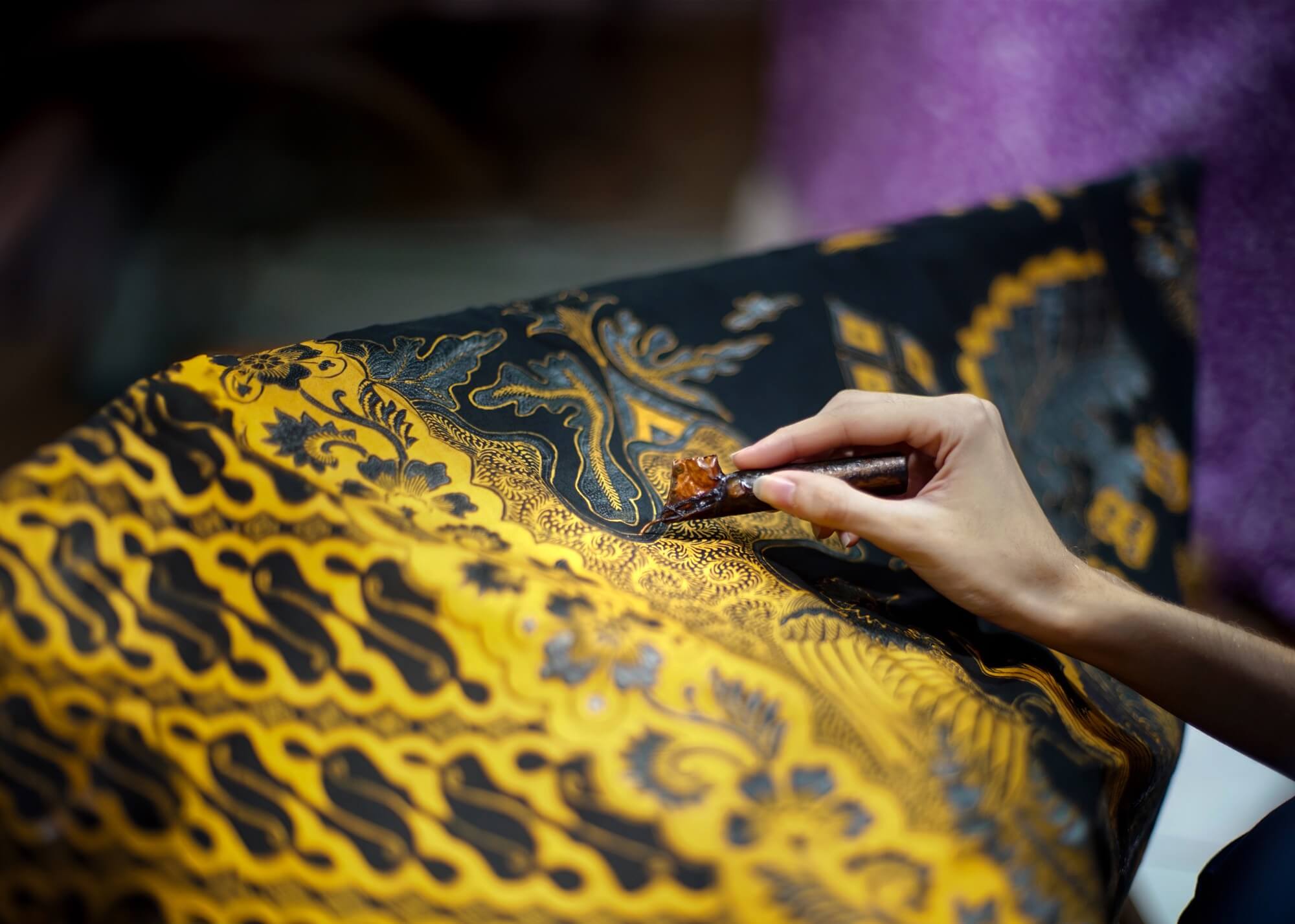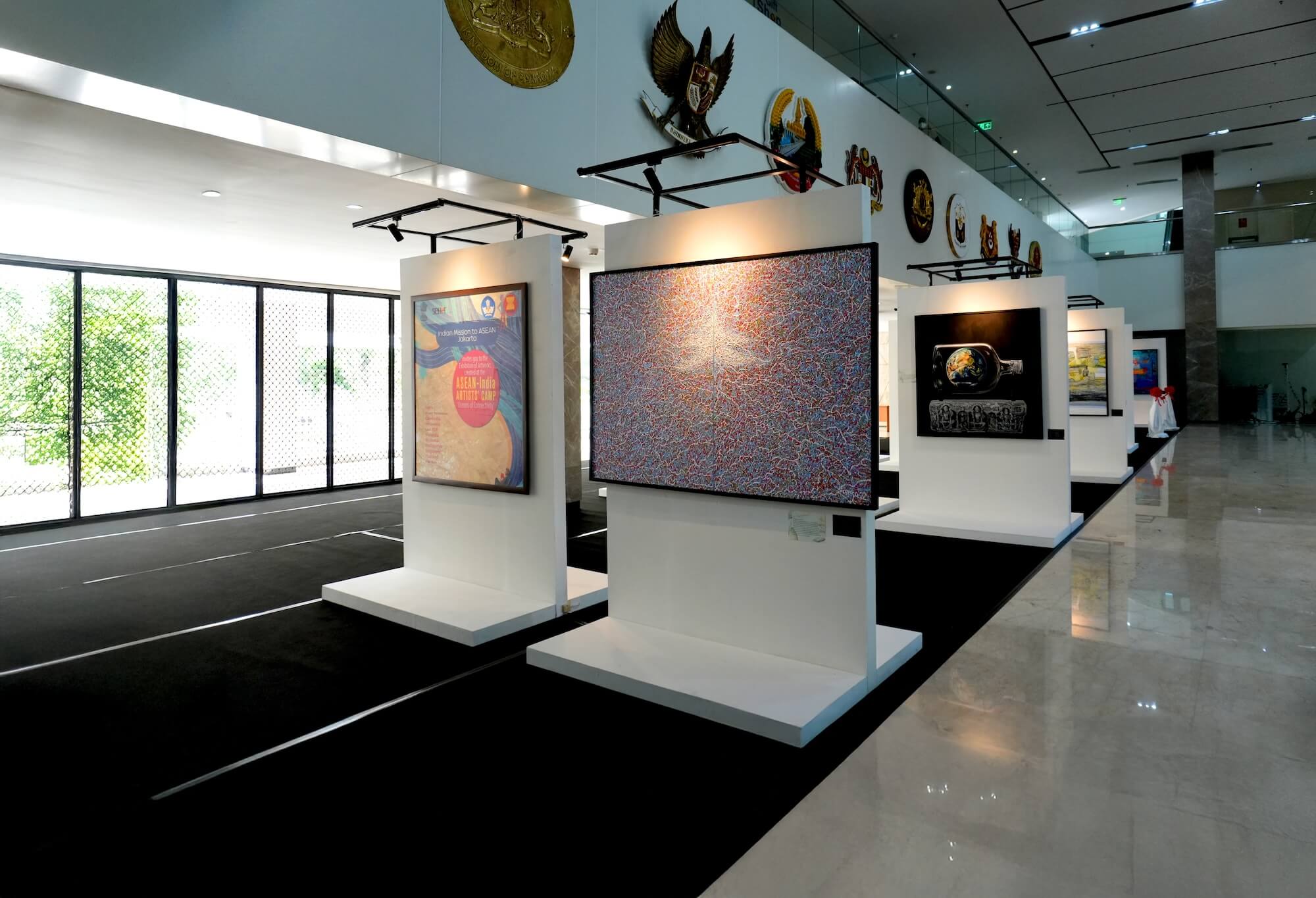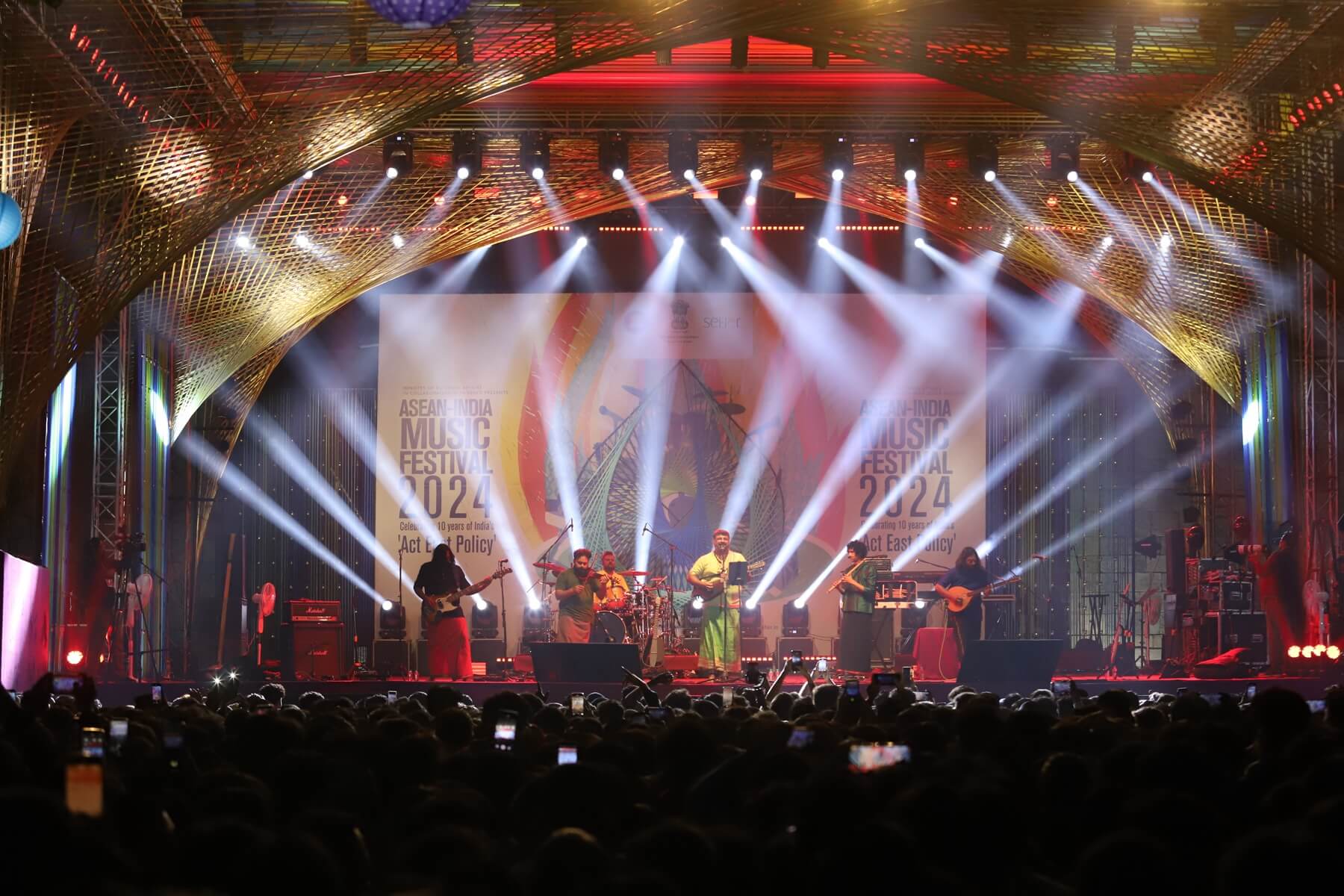




Our world is changing rapidly, and that is changing the many ways in which we live, work, and play. Today’s problems and crises, ranging from climate change and disasters to conflicts and pandemics, are “wicked” or too complex to solve. Finding sustainable solutions requires us to transcend a silo, sector-centric discourse, and yet global policy dialogues on these pertinent problems are anything but.
Why does culture matter in our changing world? If it does, where does culture matter, and what could be the role of culture in contributing to a sustainable future? Can culture, for example, be a solution for climate change?
For the second time in forty years, the largest international conference on culture—UNESCO World Conference on Cultural Policies and Sustainable Development (MONDIACULT)—held in 2022 gave life to the transversal role that culture could play in sustainable development and upheld the role of culture as a global public good (UNESCO, 2022).
The MONDIACULT conference was a watershed for culture since the first MONDIACULT in 1982 redefined the role of culture beyond the arts and letters to embrace “modes of life, the fundamental rights of the human being, value systems, traditions, and beliefs” (UNESCO, n.d.).
It is encouraging that policy dialogues worldwide are beginning to recognise the notion of culture as an important driver for sustainable development, notably with the inclusion of culture within the G20 ambit. Indonesia’s presidency of G20 in 2022 spoke to the theme of “Culture for Sustainable Living” during the G20 Culture meeting, where it stressed the role of culture as an enabler and driver of sustainable living.
The MONDIACULT Declaration acknowledged the “growing shift towards enhanced transversality of culture in public policies, enabling, inclusive, and participatory cultural policies, involving a multiplicity of actors…”
Before the pandemic, a survey carried out by the International Centre for the Study of the Preservation and Restoration of Cultural Property in 2019 showed that 90 per cent of respondents felt that culture has a large impact on their lives (ICCROM, n.d.).
The social value of culture became pronounced during the pandemic, serving as a valuable coping mechanism for society and anchoring communities with a greater sense of belonging and solidarity at a time when social interactions became restricted.
However, culture remains very much on the sidelines of many global discourses tackling pressing issues we face today. As culture does not have a dedicated goal in the 2030 UN Sustainable Development Goals (SDGs), culture is sometimes seen as being everywhere but nowhere. It is therefore worth noting that the MONDIACULT Conference recognised that culture should have its own goal in the post-2030 SDGs agenda.
The urgency of the climate crisis and emerging challenges due to resource scarcity, from food to water security, demands solutions beyond science and technology. In Southeast Asia—a region culturally rich with traditional and indigenous knowledge systems—injecting a cultural standpoint may help support environmental and socio-cultural resilience.
For example, as opposed to fast fashion with unsustainable practices, traditional clothing such as the batik reflects the inextricable linkage between production methods and ecological awareness that has been passed down from generation to generation. Likewise, the development of sustainable agriculture and biodiversity may take a leaf from long-standing traditional knowledge systems that could offer climate adaptation solutions. Similarly, disaster management may stand to benefit from combining modern science and technology with tried and tested traditional wisdom and cultural practices.
Cognisant of culture’s contribution to sustainable development, ASEAN is implementing many initiatives that amplify culture’s role in climate action. Malaysia recently led a regional initiative, “The ASEAN Workshop on Sustainable Heritage Food Packaging and Commercialisation for the World Market,” to underline the importance of the traditional way of packaging food using natural resources such as banana leaves, bamboo, and palm leaves to mitigate the use of plastic and Styrofoam.
Also, the “ASEAN Young Creative Artwork” initiative led by the Lao PDR featured artworks made from recycled resources such as aluminium, paper, iron wire, plastic drinking cups, wood, glass bottles, and fishing nets in an exhibition. Another initiative by Thailand, “Rain Motions: Connecting (with) the Skies of Southeast Asia,” comprised a contemporary dance performance and a multi-disciplinary seminar to share knowledge on promoting and preserving tangible and intangible cultural heritage associated with rain.
A culture-based approach that draws on the comparative strengths of long-standing indigenous practices and knowledge systems while leveraging the digital pivot will be relevant to ASEAN. This is especially true for ASEAN, given that it is a disaster-prone region with an increasing frequency of transboundary disasters. The multidimensional impacts across Member States demand a diversity of solutions in which culture could play a nexus role.
Furthermore, culture could play a relevant role in driving climate action and support through the development of cultural narratives that draw on the creative expressions of art and heritage. It is useful to involve cultural actors and resources in conversations on climate change because environmental awareness-raising through creative and curative forms may resonate more widely and galvanise more people to action.
At the same time, such conversations on the interrelationship between culture and environment could push the culture sector to play its part in mitigating climate change. A think-tank report titled Creative Industries and the Climate Emergency: The Path to Net Zero noted that “some 80 per cent of the environmental impacts of a product are locked in at the design phase” (Creative Industries Policy and Evidence Centre (PEC), UK, 2022). Given that many sectors in the creative economy are design-led disciplines, including fashion, architecture, and crafts or industries that make use of substantial materials and resources, such as film and theatre set design, it is worthwhile to foster more conversations on the relationship between culture and environment to find effective ways for the creative and culture sector to work toward waste reduction and net zero. Furthermore, the contribution of the creative and culture sector toward sustainability is in and of itself a form of cultural value.
Also at the heart of a culture-based approach to sustainability is the need to build sustainable ecosystems for the culture sector, incorporating cross-cutting policies and improving working conditions for cultural professionals. Such an approach is especially important at a time when digitalisation is disrupting labour and some jobs are at risk of becoming obsolete. The International Federation of Arts Council and Agencies (IFACCA) report, A Crisis of Sustainable Careers: Examining Working Conditions for Independent and Cultural Workers, underlined the need to reaffirm cultural workers as rightful members of a society’s labour force and to dispel “a perception that the process of creating art is not work automatically entitled to the legitimate rewards enjoyed by other types of labour (IFACCA, 2022).”
Digital transformation and climate change are cross-cutting trends that are bringing profound impact to bear on every sector, including culture. These represent challenges that the culture sector would have to manage. At the same time, they offer unprecedented opportunities that could be harnessed for the greater good. As we learn to navigate the challenges of digital transformation and climate change better and, more importantly, capitalise on the momentum to change the way we live, work, and play, it is useful to draw on culture’s strengths that may offer an array of solutions in forging a brave new world of sustainability and vitality. To this end, we must start to foster an expansive and inclusive discourse in global and regional policy dialogue that is more cognisant of the creative and curative merits of culture and the role it could play in solving the wicked problems that the world is facing today.
Note: The author would like to thank and acknowledge the exchange of views with Magdalena Moreno Mujica (Executive Director, International Federation of Arts Councils and Culture Agencies) in the development of this article.








